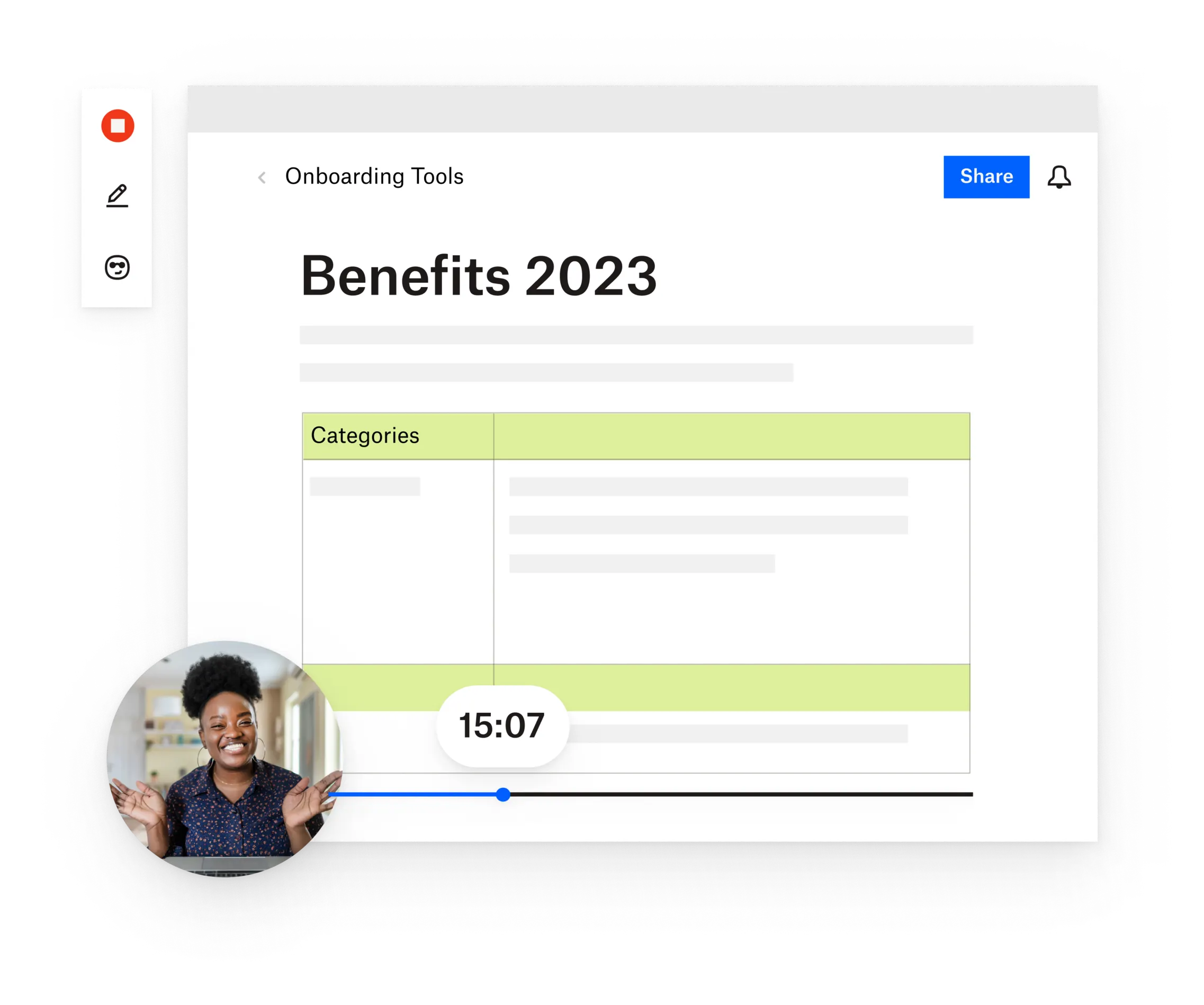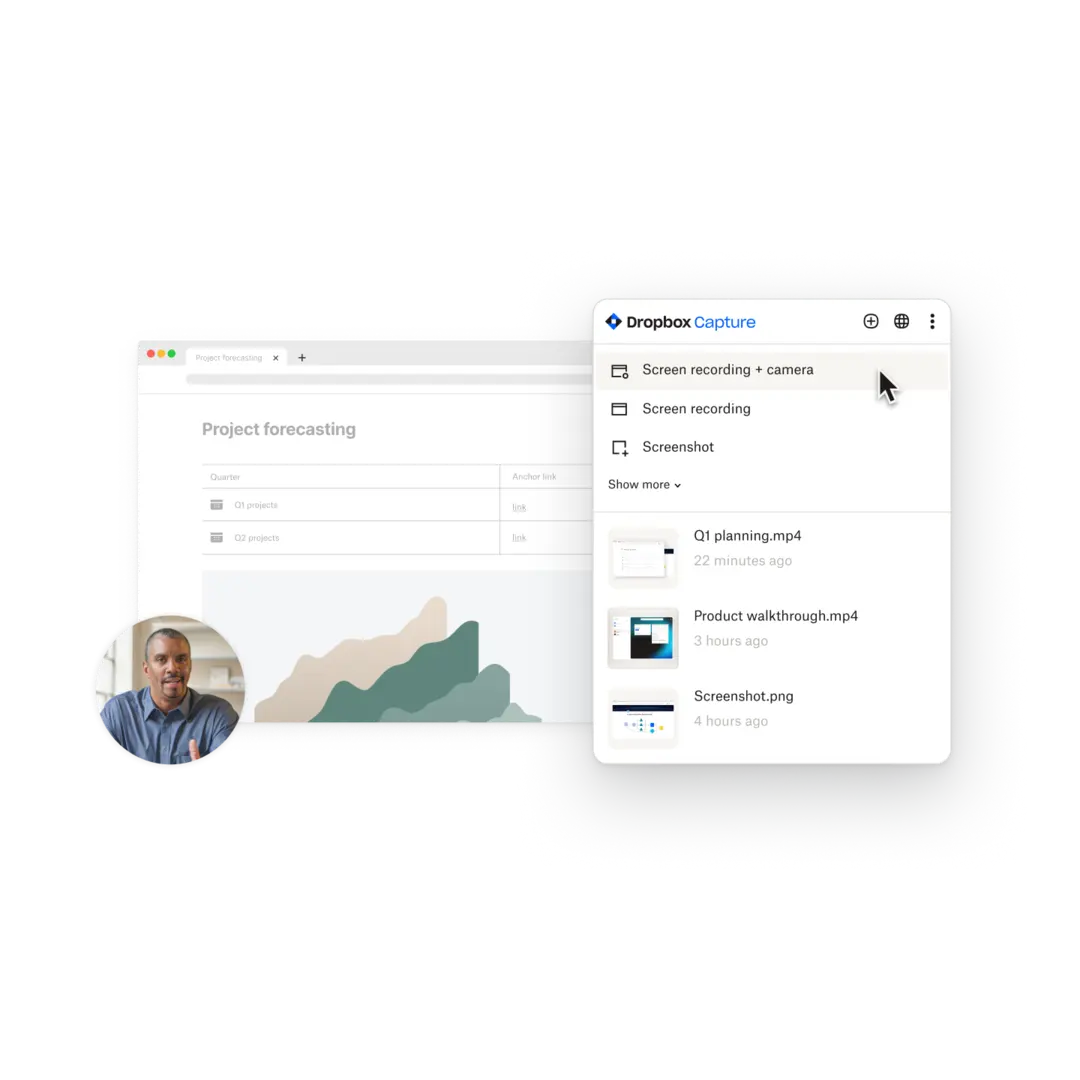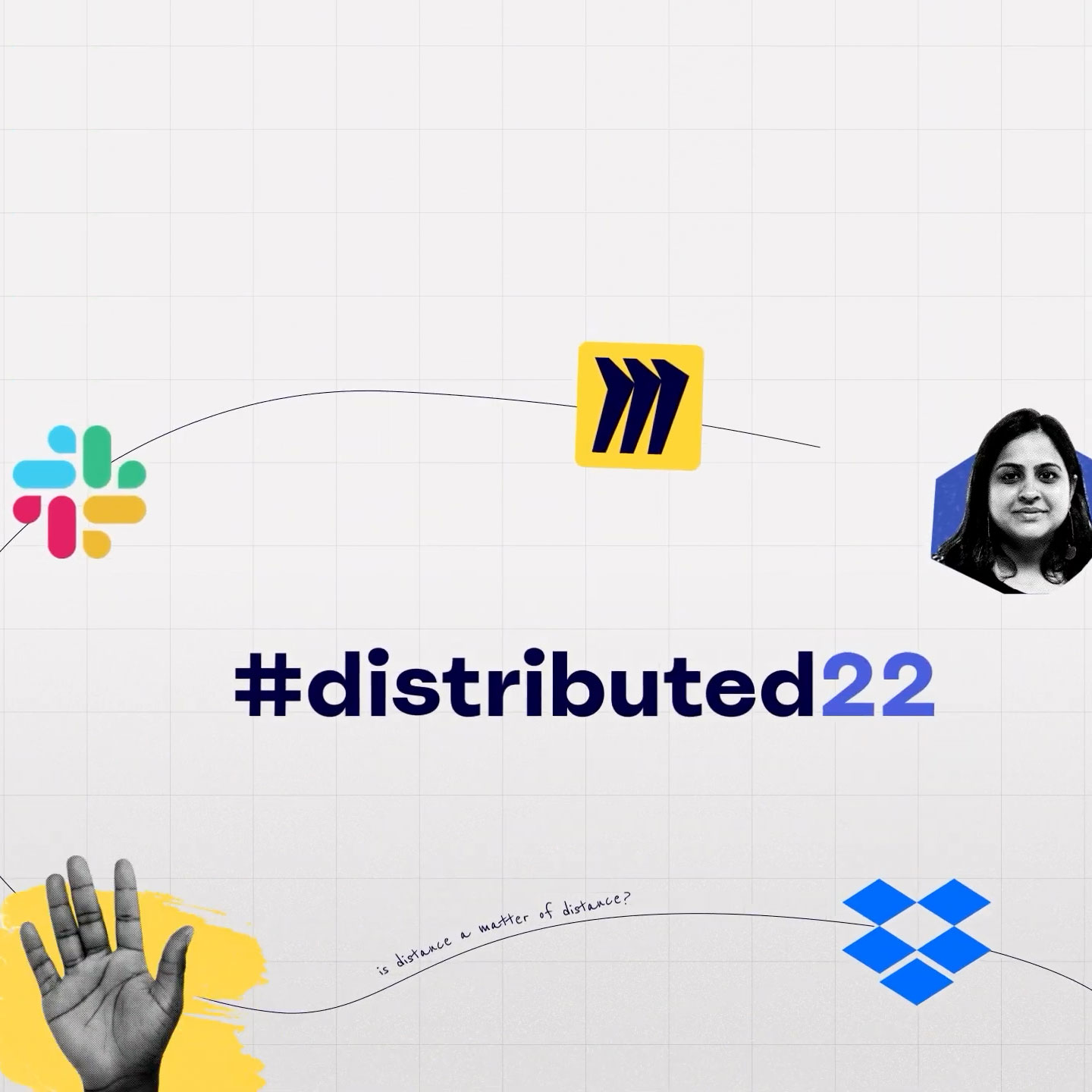我們在工作上運用技術的方式,和十年前相比已大幅轉變。
在本世紀初,都是 IT 部門負責選擇和佈建辦公室硬體和軟體,他們肩負起這項鮮少受人感謝的工作,支援那些不懂或不在乎科技的人。在英國情境喜劇《IT 狂人 (IT Crowd)》裡,Roy 一接起電話就會立刻問:「您好,這是 IT 部門,您試過重開機了嗎?」這時,我們便會聽到熟悉的觀眾笑聲。
然而,當員工開始打破常規,使用個人 iPhone 與網頁應用程式 (如 Dropbox) 完成工作時,IT 的角色可就大不相同了,因為這些工具已成為員工個人生活中不可或缺的一部分。這種轉變又稱為「IT 消費化」,迫使各層級的 IT 人員開始反思自身職務。當執行長以 iPhone 取代黑莓機、行銷團隊轉用 Google 文件、插畫師捨棄標配 PC,改用自己的 Mac 電腦時,和他們爭論公司政策一點幫助也沒有。
更重要的是,這些新貴工作者其實沒有錯。《哈佛商業評論 (Harvard Business Review)》報導過一則故事,講述一位 CIO (資訊長) 要求零售副總裁接受公司紀律處分委員會的聆訊。畢竟,她哪來的膽子,竟敢用什麼雲端客戶關係管理系統,而不是技術長才剛開始推行三年升級計畫的公司內部 CRM 呢?然而,這位零售副總裁的回應是,自從轉換工具後,她的業務便轉虧為盈,每個月可進帳一百萬美元的新收益。這篇文章的作者表示,這位零售副總裁絕非特例。為了不讓公司發現工作團隊轉而使用線上軟體,他們寫道:「我們見過不少高階主管自掏腰包。」
因此,IT 部門必須負責數百種 SaaS 工具,且涉及複雜的整合與工作流程。然而,他們仍需執行後端職責,包含運作時間、安全性、隱私、備份與合規。同時,他們也須顧及總成本壓力和緊迫的時程。
隨著消費者導向的技術觸及層面愈來愈廣,許多 IT 團隊亦開始招募新成員,由他們負責彌合 IT 部門唯唯諾諾的工程師,與他們服務的傲慢員工之間的差距。他們也許沒有接受過傳統的技術訓練。他們的職稱可能叫做「數位空間協作主管」或「協作工具專員」,且大多數無法決定要採購與使用的工具。相反的,他們負責聽取意見、進行評估,並為高階管理階層提供建議,選出最適合支援工作團隊與個人的選項組合,以促進生產力、協作和創新。接著,他們便會與那些團隊合作,訓練他們用現有資源,交付最有價值的工作成果。
他們是如何做到的?我們訪問了六位資深的科技業從業人員,他們見證了此一變遷,也完全接納這種改變。
技術部門在工作中的角色轉變
IT 人員以前只需提供所選硬體和軟體,但那個時代如今已經過去。十年前,iPhone 首次發行時,那些手握大權的員工,包含執行長、頂級銷售人員、工程師等人便開始掀起革命,他們堅持把自己的消費性裝置帶到職場上使用。iPhone 容易操作的備份系統與 Google 文件和 WordPress 等服務,讓消費性科技產品在創新技術和上市速度等方面都獲得壓倒性勝利。
Dropbox 的 CIO (資訊長) Sylvie Veilleux 表示:「正如 Apple 所推出的技術現已成為人們日常生活中的一部分,其他技術也開始發生相同現象,在通訊與協作方面尤其如此。人們在個人生活中使用這些技術,因此他們也想在職場上繼續沿用。」她長達 35 年的職涯遍及 Apple、Oracle、Mozilla 與 Salesforce 等企業,也曾與政府和業界客戶合作。她認為過去十年來,科技使用的選項大幅增加,最顯著的莫過於從安裝軟體改為軟體即服務的轉變,讓公司有機會大幅提高成效。
對許多公司來說,這項轉變不只是從企業軟體轉向消費性軟體,而是從紙本和離線系統轉向完全數位化。根據大型材料科學公司 Avery Dennison 的數位協作空間主管 Murali Nathan 所說,數位化與連線工作方式會對員工有所助益。他表示:「數位工作空間與員工體驗和促進員工參與息息相關。『數位化』代表顛覆傳統和反思過去。顛覆流程,這就是以人為本的設計方法。」
Salesforce 的 Trailblazer Marketing 副總裁 Alan Lepofsky 曾見證消費性科技產品發揮創意與溝通的可能性。他表示:「現在,即使是沒有專門電影或藝術學位的人,也可以輕鬆運用表情符號、動態 GIF、360 度相片和影片,甚至是擴增和虛擬實境來述說故事。人人的手機上都有相機,可立即捕捉畫面並向全世界傳遞訊息。我們不能將這些技術帶來的好處和機會視為理所當然。」
根據 Murali 的說法,這種世代轉變也帶來那些一向把科技當成個人工具的新員工。他表示:「千禧世代深受這種消費化趨勢影響。他們認為一切都應準備妥當,供他們使用。他們期待第一天上班時就能拿到電腦、手機和公司信用卡。他們不想填寫各式表格和等待,只想立刻上工。他們可不想來到公司,看到的卻是老舊的技術,像是必須到會議室才能進行視訊通話,他們期待快速且行動力高的環境,並希望可以隨時隨地進行工作。」
沒有權威的領導方式
Veilleux 表示:「在某些情況下,我們甚至不需要 IT 人員參與其中。」事實上,擁有更多使用者經驗,或以人為本的背景可能會更加分。
在接任軟體開發工具與服務供應商 CloudBees 的靈活計畫領導人職位前,曾於大型軟體公司任職的 Robin Angley 表示:「我以前學的是歷史,所以喜歡從更宏觀的角度看事情。有許多因素造就了特定的歷史事件。」
顧問公司 Environmental Science Associates 的資訊科技總監 Spencer Mains 擁有電影/電視與劇場製作和設計的學位。他表示:「我非常重視設計和體驗,像是外觀、感受、敘事和使用者體驗。我的大半職涯都貢獻給品牌設計,因此我深刻瞭解到,設計確實能造就不同。」
在這個全新的科技環境中,IT 人員已無法再告訴其他員工該如何工作,以及應使用何種工具。Technicolor 的協作工具專員 David Mosk 表示:「我不負責選擇工具,而是與負責做此決策的個別工作團隊領導人合作。我會以產品專家的身分提供意見。」
這種全新的 IT 人員鮮少有決策權。他們的職責是研究工作空間與工作流程,為高階管理階層提供採購建議,並協助團隊成員使用工具有效協作。Mosk 很開心自己不必做決策,他表示:「我從不喜歡『命令與控制』,反而喜歡根據需求或要求促進團隊協作。」
Mosk 以能夠掌握 IT 的人性面自豪,在他的協助下,人們不僅可如期完成工作項目,更能將手中的工具發揮到極致。他表示:「我最大的成就之一,就是逐步改變原本厭惡科技的人。」
少了過往 IT 人員對工作方法下達的指示,瞭解人們的想法與行動方式,可能比把軟體和硬體裡裡外外摸清楚來得重要。Angley 說道,在過往的工作經驗中,她曾把一群懶散的工程師從「我們做不到」變成「我們可以!」
她表示:「我請他們進到會議室內,退一步說明詳細的需求。接著,我便在會議室中逐一詢問每個人,該怎麼做才能讓他們接受。我發現技術人員其實都是最會解決問題的人,但擅於解決問題還不夠,您還得找到其他需要的專業知識。在我環繞會議室一周後,他們也明白如何彼此合作,促成新的交付流程。」
少了過往 IT 人員對工作方法下達的指示,瞭解人們的想法與行動方式,可能比把軟體和硬體裡裡外外摸清楚來得重要。
從內到外,從外到內
這種新興 IT 人員更像是接待者而非技師,不過,我們也需明白:支援團隊工作,和放任他們養成壞習慣可說是天差地別。IT 人員仍必須在有限的預算下行事,這代表 IT 人員及他們所能提供的時間依舊有限。
Avery Dennison 的 Nathan 認為,各方面都需達到平衡。他問道:「您要如何在重視安全性的企業中,以符合業務標的與目標的方式,提供可和企業完美融合的工具、裝置和應用程式,但又不讓下一代的勞動力認為這會阻礙他們本身具備的能力?協作的樣貌已在改變。」
根據他的說法,IT 人員須放下傳統由上而下和由下而上的組織架構。他表示:「數位化最佳的做法是『由內而外/由外而內』,就像可以正反面互穿的手套。一方面,我們必須審視公司內部的運作,以及與外界連結和交付成果的方式;另一方面,人們對您的看法,以及您的品牌形象和核心價值又是什麼?為什麼有人會想與您互動或做生意?在這個不斷變化的世界中,我們如果自己不作出改變,別人也會逼迫我們如此。」
現在,全世界幾乎所有的企業都在加速數位轉型,這讓 IT 人員面臨到前所未有的壓力和關注。在居家辦公的世界中,數位空間協作專家 (或是其他任何稱號),不再只是一個新穎的概念。如果發揮得宜,他們的工作成果不僅能讓員工與全體公司分享自身技術發現與見解,更能讓 IT 人員做出最佳選擇,決定須提供的工具和支援。因此,他們不只是技師,也是仲介。我們無須用金錢或位元組來衡量他們的成就,而是用人人進行自我評估的兩項指標即可:我是否已達到工作的最高生產力?我是否喜歡我的工作?




